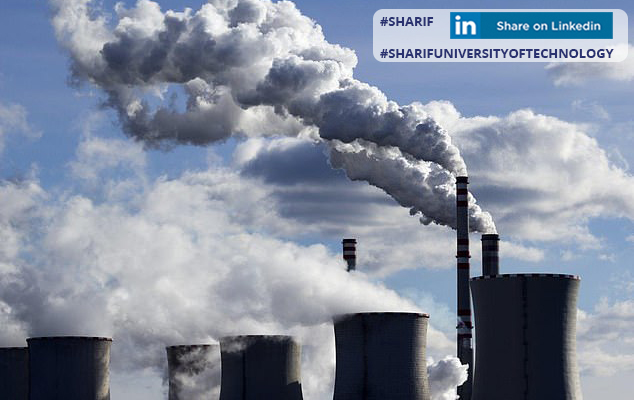
Greenhouse gas emissions from anthropogenic sources are believed to be the main cause of global warming and climate change. Furthermore, fossil fuels are forecasted to remain the dominant source of energy in the near future. Therefore, capture and sequestration of greenhouse gases and in particular carbon dioxide is likely to be a major pathway toward environmental protection and energy sustainability. Such clarity has stimulated an intense and diverse range of research into various capture and mitigation technologies, which race with global warming in real-time. Quantification of the performance improvement rates of these technologies can inform decision-makers’ long-term investment strategies, and help researchers to identify technical bottlenecks and research potential. The latest findings of researchers at Sharif University of Technology, MIT Institute for Data, and Universidad de los Andes School of Management estimates the yearly performance improvement rate of CO2 capture, non-CO2 GHG capture, and GHG mitigation technologies, using a novel method based on patent data and the corresponding citation network. The research work suggests that membrane-based, condensation/rectification-based, and adsorption-based carbon capture are the most promising technologies. Furthermore, the average CO2 capture technologies are likely to improve slightly faster than solar, wind, and battery technologies, indicating their important role in future electrical grids. Unfortunately, subterranean or submarine CO2 storage was identified as a slow-growing technological domain and potentially a bottleneck in the future sustainable carbon chain, which requires further efforts.
The results of this study “Quantification of technological progress in greenhouse gas (GHG) capture and mitigation using patent data” is authored by Mahdi Sharifzadeh from Sharif Energy Research Institute, Giorgio Triulzi and Christopher L. Magee and published in Energy & Environmental Science, a monthly peer-reviewed scientific journal publishing original research and review articles which covers works of an interdisciplinary nature in the biochemical and biophysical sciences and chemical engineering disciplines.
To find out more about the research projects at the Sharif Energy Research Institute you might visit http://seri.sharif.edu/contact_us.php
